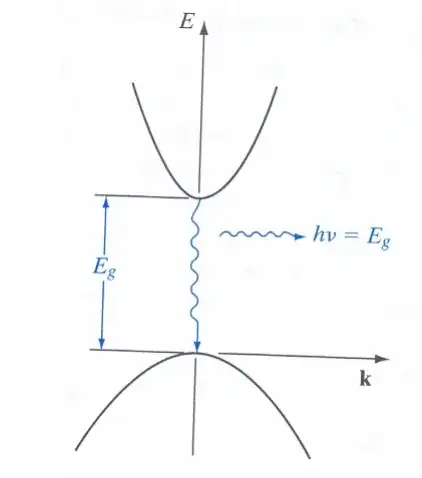To be clear, valence band electrons (or lack thereof, i.e. holes) can and do carry current, you might find this answer useful. A band that is completely filled doesn't carry current. Here is a proof, following Ashcroft & Mermin. We start by proving an integral identity. Suppose that $f(\mathbf r)$ is a periodic function with the periodicity of a Bravais lattice, meaning in 3D,
$$f(\mathbf r + n_1 \mathbf a_1 + n_2 \mathbf a_2 + n_3 \mathbf a_3) = f(\mathbf r)$$
where $\mathbf a_j$ are the primitive vectors spanning the lattice, and $n_j$ are arbitrary integers. Define
$$I(\mathbf r')=\int\limits_Cf(\mathbf r+\mathbf r')\ d\mathbf r,$$
a volume integral over primitive cell $C$. This integral is just $\int\limits_{C'}f(\mathbf r)\ d\mathbf r$ where $C'$ is $C$ shifted by $\mathbf r'$, which is another primitive cell. Due to the periodicity of $f$, its integral over any primitive cell is the same, meaning $I(\mathbf r')$ is independent of $\mathbf r'$:
$$\mathbf \nabla'I(\mathbf r')=\int\limits_C\mathbf \nabla'f(\mathbf r+\mathbf r')\ d\mathbf r=\int\limits_C\mathbf \nabla f(\mathbf r+\mathbf r')\ d\mathbf r = 0$$
Plugging in $\mathbf r'=0$,
$$\int\limits_C\mathbf \nabla f(\mathbf r)\ d\mathbf r = 0.$$
This is the result we were looking for: a Green's theorem for periodic functions. It says that the integral of the gradient of a periodic function over a primitive cell is zero.
Now, the current density contribution of an energy band is
$$\mathbf J =\int\limits_B\frac{d\mathbf k}{4\pi^3}(-q)g(\mathbf k)\mathbf v(\mathbf k).$$
Here, $B$ is the first Brillouin zone, $g(\mathbf k)$ is the probability of occupancy of the state with wave vector $\mathbf k$, and $\mathbf v(\mathbf k)=\frac 1 \hbar\mathbf \nabla_{\mathbf k} E(\mathbf k)$ is the group velocity where $E (\mathbf k)$ is the energy of the state with wave vector $\mathbf k$. For a completely filled band, $g(\mathbf k)=1$, so
$$\mathbf J =\frac{-q}{4\pi^3\hbar}\int\limits_Bd\mathbf k\nabla_{\mathbf k} E(\mathbf k).$$
Since $E(\mathbf k)$ is a periodic function with the periodicity of the reciprocal lattice, and the first Brillouin zone is a Wigner-Seitz primitive cell, the integral identity we proved above applies, and the current density is zero.
